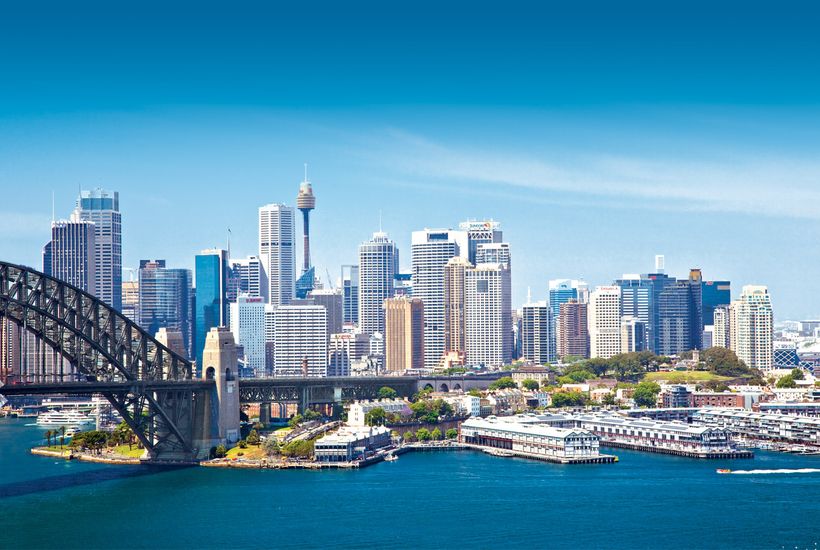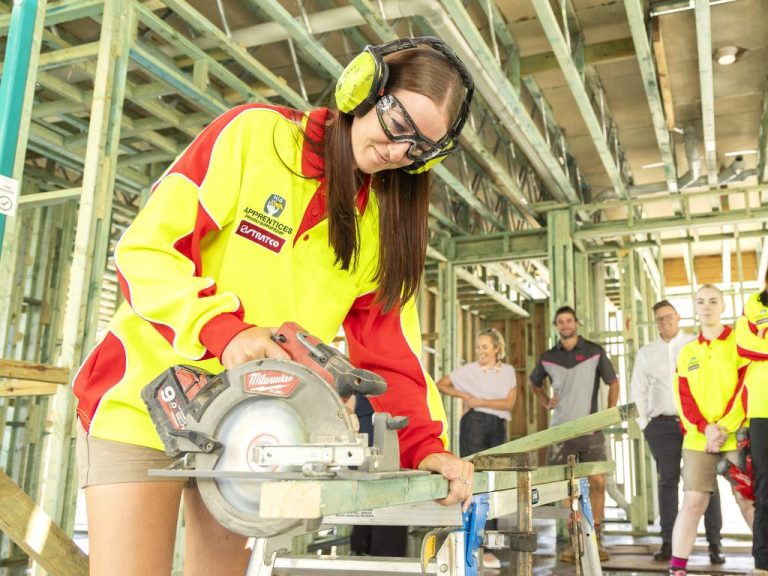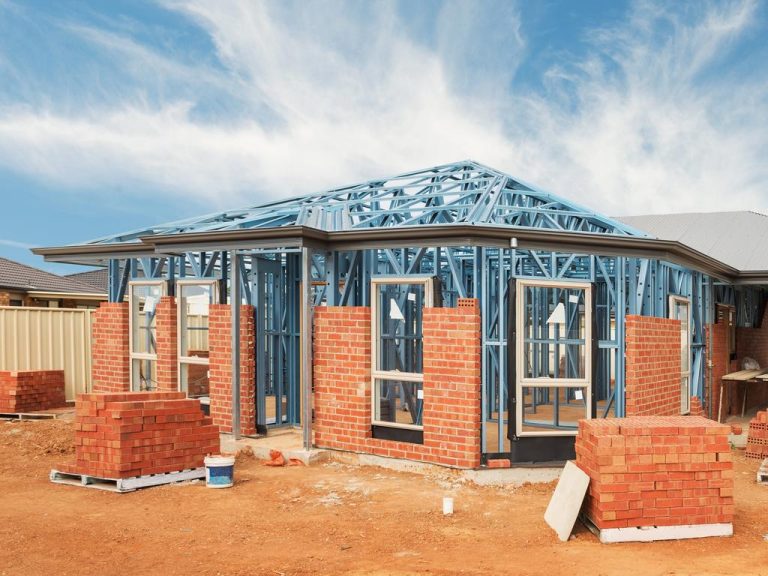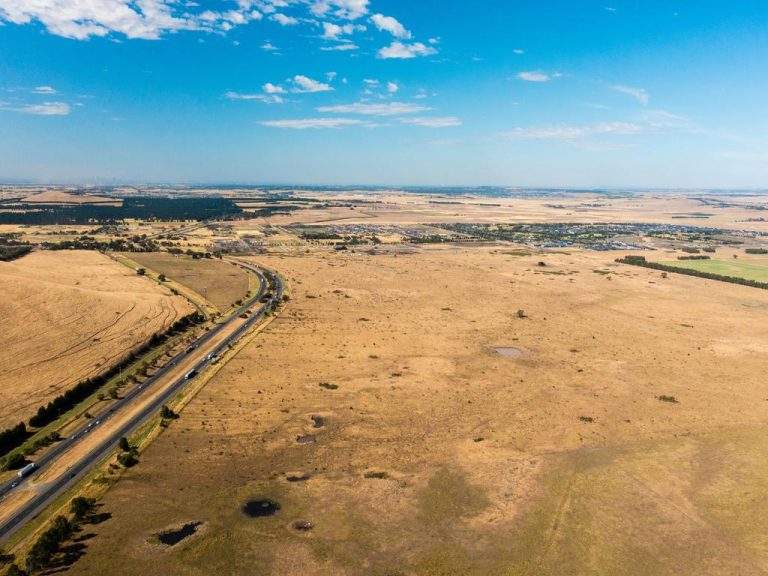Businesses and landlords push for staff to get back into offices

Corporate Australia is making a push to get staff back into offices with landlords seeking to reassure them they will be safe due to extensive precautions taken against coronavirus.
The long-mooted return to work was interrupted by a series of alerts and border closures over summer which stalled some corporate moves to get staff back behind desks.
But for many companies, particularly those with Melbourne offices, a further period of extended work from home is anticipated, partly as companies made adjustments during lockdowns.
A group of top landlords have now banded together in an effort to get workers back to the country’s biggest office and commercial precincts, partly as they face up to work from home being locked in for a significant portion of once office bound staff.
“After a year of disruption caused by the COVID-19 pandemic which forced many Australians to work from home, office building owners and managers have declared they’re ready for them return to their workplaces after their summer break,” Property Council of Australia CEO Ken Morrison said.
He said landlords were ensuring workplaces were ready for business and for their workers to return. Offices have been overhauled, with foyers, lifts, end of trip facilities and common areas changed.
Mr Morrison said while the way people work and use offices is changing, successful businesses were built on people being connected, collaborating and working in teams in physical workplaces.
“The connections and relationships established in the workplace helped to sustain businesses while people worked from home, and they’ll be just as important as we build the economic recovery from the impact of COVID-19,” he said.
The impacts of work from home on offices could play out over the next five years and demand for space may take a hit of about 10%, according to investment bank JPMorgan.
Analysts Richard Jones and Krzysztof Kaczmarek said government restrictions and health concerns related to COVID-19 prompted most tenants to adopt work from home last year, with physical office occupancy falling to 30% in Sydney and under 10% in Melbourne.
The NSW capital returned to about 45% in early December while Melbourne was lagging at about 13%, with Brisbane and Canberra below 70% at that time.
“While occupancy has increased as restrictions have relaxed and local case numbers have declined, physical occupancy remains below pre-pandemic levels across all the capital cities, including those which have had low COVID-19 case numbers,” JPMorgan said.
JPMorgan pointed to the potential impact of work from home as companies take less city space with vacancies forecast to peak at about 20% in Sydney and Melbourne and jump to 22-27% in Brisbane and Perth over next four years.
Unless the trend is turned around landlords could be hurt with the analysts forecasting a peak to trough decline in net effective rents of 40-45% in Sydney and 30-35% in Melbourne, with Brisbane and Perth to be hit by falls of about 30%.
Landlords have pointed to the broader imperative to resuscitate major CBDs as important drivers of productivity and innovation and the PCA said the two biggest CBDs – Sydney and Melbourne – each contribute around 7% of national GDP.
“People coming back into the office also matters for all of those businesses in the CBD, including hospitality and retail, which depend on their customers being back at their office workplace,” Mr Morrison said.
Landlords said that flexibility will be high on the agenda for tenants and many also expect that offices will have to make themselves attractive and safe enough to bring workers back full time
Younger staff are keenest to go back to offices but there are still some reservations about both public transport and movements within office buildings.
Sydney Business Chamber executive director Katherine O’Regan said there had been a steady increase in foot traffic over last couple of weeks. Businesses were retaining a flexible approach with staff but were also emphasising that now was the time of year to return to offices, she said.
“It will switch back on now,” Ms O’Regan said. ”The return to the office is really dependent upon confidence.”
An expected easing of movement rules and widespread use of masks was also assisting, she added.
Landlords told The Australian that the move back to the office was taking place on a case-by-case basis rather than being driven by industry.
Some offshore and technology firms were yet to make return plans, with many out of the office in line with global policies.
This article originally appeared on www.theaustralian.com.au/property.







